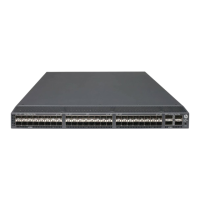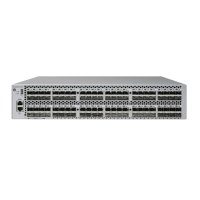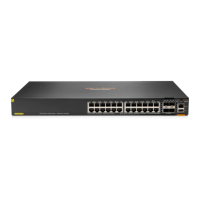152
Connection info: src = 192.168.20.200:23 , dst = 192.168.20.14:4181
Inpcb flags: N/A
Inpcb vflag: INP_IPV4
TTL: 255(minimum TTL: 0)
Connection state: ESTABLISHED
Send VRF: 0x0
Receive VRF: 0x0
Table 36 Command output
TCP inpcb number Number of TCP IP PCBs.
tcpcb number Number of TCP PCBs.
Slot ID of the IRF member device.
Creator
Name of the operation that created the socket. The number in
brackets is the process number of the creator.
State State of the socket.
Options Socket options.
Error Error code.
Receiving buffer
(cc/hiwat/lowat/state)
Displays receive buffer information in the following order:
• cc—Used space.
• hiwat—Maximum space.
• lowat—Minimum space.
• state—Buffer state:
CANTSENDMORE—Unable to send data to the peer.
CANTRCVMORE—Unable to receive data from the peer.
RCVATMARK—Receiving tag.
N/A—None of the above states.
Sending buffer
(cc/hiwat/lowat/state)
Displays send buffer information in the following order:
• cc—Used space.
• hiwat—Maximum space.
• lowat—Minimum space.
• state—Buffer state:
CANTSENDMORE—Unable to send data to the peer.
CANTRCVMORE—Unable to receive data from the peer.
RCVATMARK—Receiving tag.
N/A—None of the above states.
Type
Socket type:
• 1—SOCK_STREAM. This socket uses TCP to provide reliable
transmission of byte streams.
• 2—SOCK_DGRAM. This socket uses UDP to provide datagram
transmission.
• 3—SOCK_RAW. This socket allows an application to change
the next upper-layer protocol header.
• N/A—None of the above types.
Protocol Number of the protocol using the socket.
Connection info Source IP address and destination IP address.
Inpcb flags Flags in the Internet PCB:
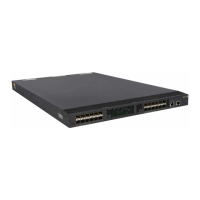
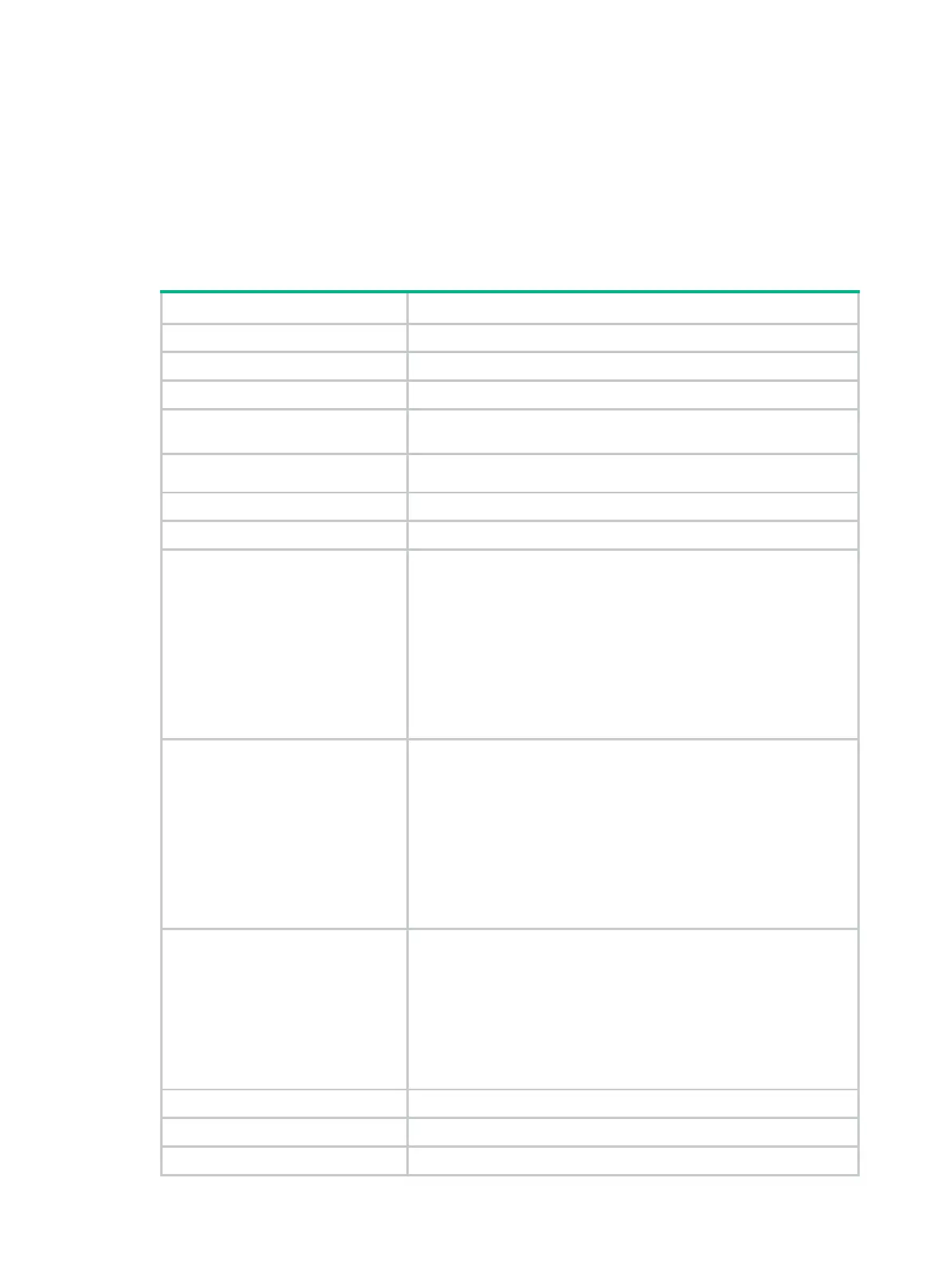